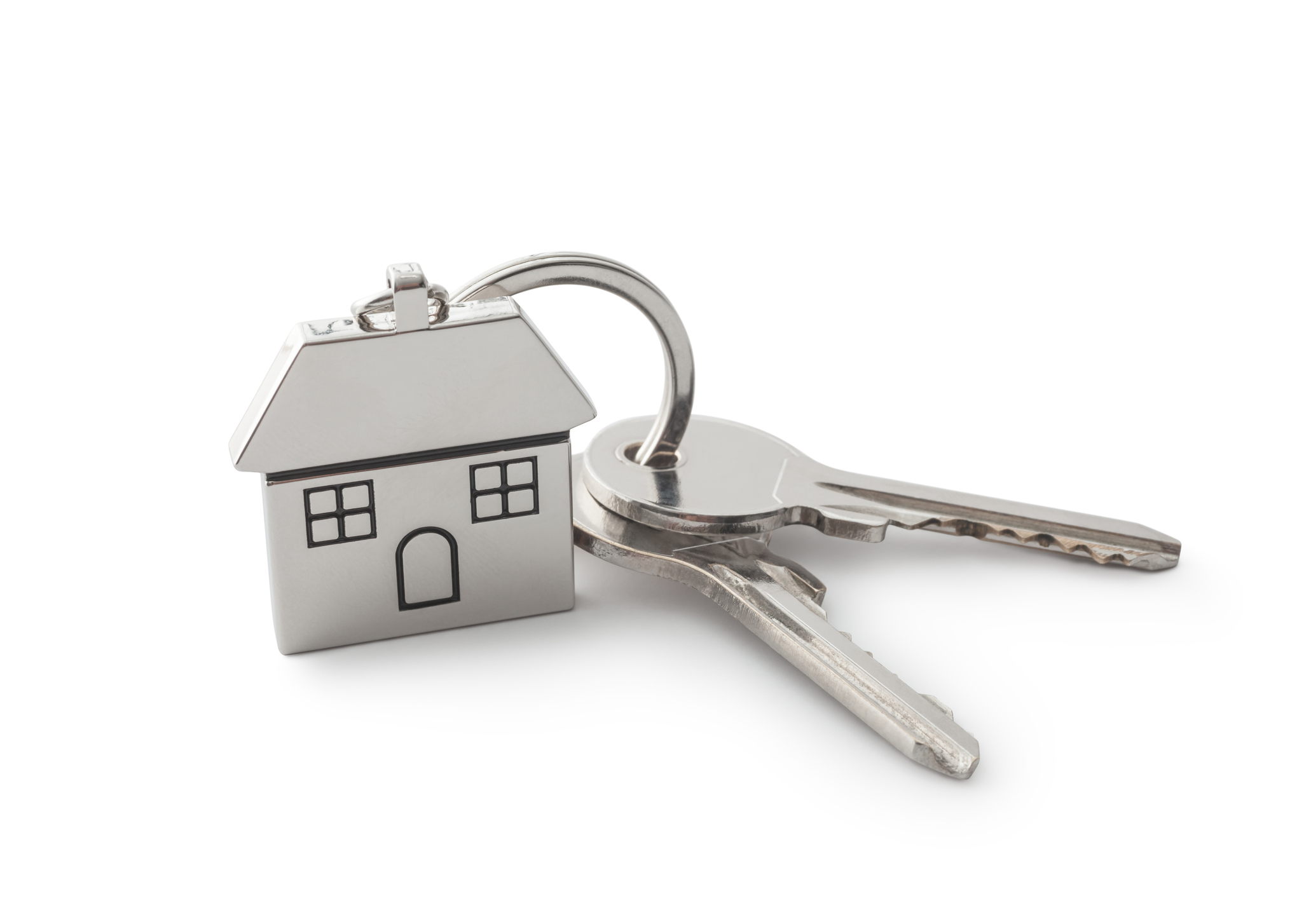
How to Get a Cash Advance at the ATM
Cash is often easier to use than credit cards at many businesses, especially small ones where small purchases are common.
Without much cash in your checking or savings account, however, you may not have enough when you need it. A credit card can solve that problem, though potentially at a high cost.
Called cash advances, withdrawing money at an ATM with a credit card is a form of borrowing cash on your credit card that must be repaid—usually with high fees and interest rates.
Paying 25 percent interest.
Fees are the first thing you’ll pay on a cash advance. They’re usually based on the amount of cash you borrow, such as $10 or 5 percent of the amount, whichever is greater. That equates to a $10 fee for borrowing up to $200, or 5 percent of the amount borrowed if it’s more than $200.
Immediate interest charges are another reason to think twice before taking a cash advance. They don’t have grace periods—as your normal credit card purchases do for about a month—and the credit card company will start charging you interest on a cash advance as soon as you borrow the money.
Cash advances also have APRs that are much higher than normal purchases. That being said, you can expect to pay 25 percent interest on a cash advance, and without a grace period.
How to get a cash advance.
To get a cash advance on your credit card, check that it will work in an ATM. Either call your credit card company or check the cardholder agreement that came with your card. Look for the sections on “Cash Advance APR” and “Cash Advance Fee.” If these items are listed with dollar figures or percentages charged, that’s a telltale sign that your card can be used at an ATM.
Your credit card statement may list a cash advance credit line or cash advance credit limit, which is the maximum amount of cash you can take out. The credit limit for cash advances is usually smaller than your credit limit for regular purchases.
To use your credit card at an ATM, you’ll need to find or set the PIN that’s tied to your credit card, which you may have gotten when the card came in the mail. If you don’t have access to the PIN, you might have to request it from the credit card issuer by logging into your account online or calling the phone number on the back of the card. And it may take seven to 10 days to set up the PIN.
You may get charged a fee for using an ATM that’s outside the network linked to the credit card. Check with your credit card provider or your bank to find out how much it is, and if you can avoid it.
This article is intended for informational purposes only and should not be construed as professional or legal advice.

